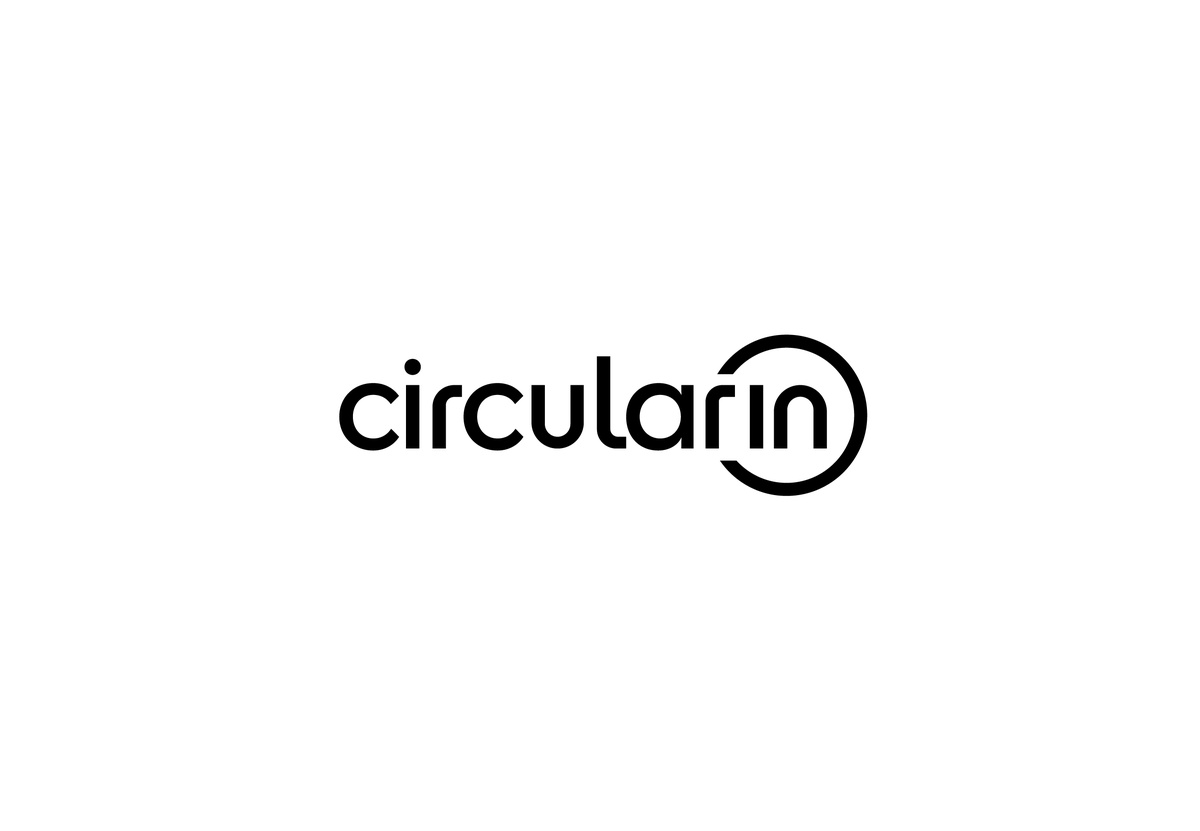The concept of a circular economy has gained significant attention in recent years as a way to address the environmental challenges posed by our current linear economic model. By shifting from the "take-make-dispose" approach to one that focuses on resource efficiency and waste reduction, the circularin offers a promising solution for sustainable development. In the digital age, technology plays a crucial role in driving and enabling this transition. This blog post explores how technology can be harnessed to foster sustainable innovation and advance the circular economy.
- Digital Platforms for Resource Optimization
Digital platforms and advanced analytics are transforming the way we manage resources and optimize their use. From energy management systems that monitor and control energy consumption to smart grids that optimize electricity distribution, technology enables businesses and individuals to make more informed decisions about resource allocation. By utilizing real-time data and predictive analytics, these digital solutions help identify inefficiencies, reduce waste, and maximize resource utilization, ultimately contributing to a circular economy.
- Internet of Things (IoT) and Supply Chain Transparency
The Internet of Things (IoT) has the potential to revolutionize supply chains by providing real-time visibility and transparency. With IoT-enabled sensors, businesses can track and trace products throughout their entire lifecycle, enabling better inventory management, reducing losses, and facilitating the return and reuse of materials. This enhanced transparency ensures that valuable resources remain in circulation for longer, minimizing the need for extraction and production of new materials.
- Sharing Economy and Collaborative Consumption
Digital platforms have given rise to the sharing economy and collaborative consumption, promoting the efficient use of underutilized assets. Peer-to-peer sharing platforms, ride-sharing services, and co-working spaces are just a few examples of how technology has enabled the sharing of resources, reducing the overall demand for new products. By promoting access over ownership, these platforms contribute to resource conservation and waste reduction, aligning with the principles of the circular economy.
- Digital Design and Manufacturing
Advancements in digital design and additive manufacturing technologies, such as 3D printing, have the potential to transform traditional manufacturing processes. Digital design tools allow for the creation of more sustainable and optimized product designs, reducing material waste and energy consumption during production. Furthermore, additive manufacturing enables decentralized production, customization, and repair, extending the lifespan of products and reducing the need for constant replacements.
- Blockchain for Traceability and Circular Supply Chains
Blockchain technology offers a decentralized and transparent system for recording and verifying transactions, making it an ideal tool for enhancing traceability in supply chains. By leveraging blockchain, companies can ensure the authenticity and origin of products, promoting trust and enabling the creation of circular supply chains. This technology can be particularly valuable for industries such as fashion, where traceability and transparency are essential for tackling issues like counterfeiting and promoting sustainable practices.
Conclusion
The digital age presents immense opportunities for driving sustainable innovation and advancing the circular economy. From resource optimization and supply chain transparency to collaborative consumption and digital manufacturing, technology plays a pivotal role in enabling a more circular and sustainable economic model. Embracing these technological advancements requires collaboration among businesses, policymakers, and society as a whole. By harnessing the potential of technology and embracing the principles of the circular economy, we can create a more sustainable future, where economic growth and environmental stewardship go hand in hand.


No comments yet